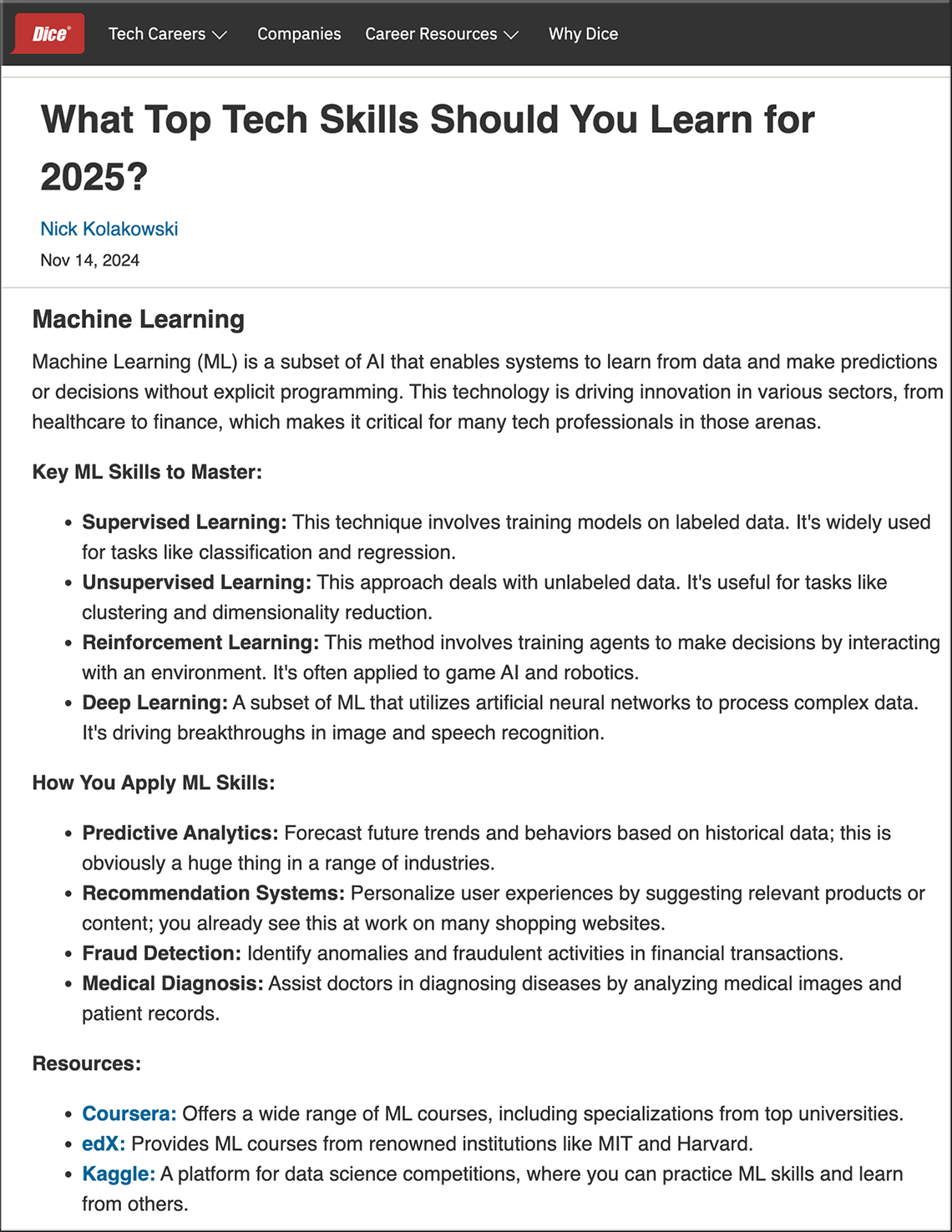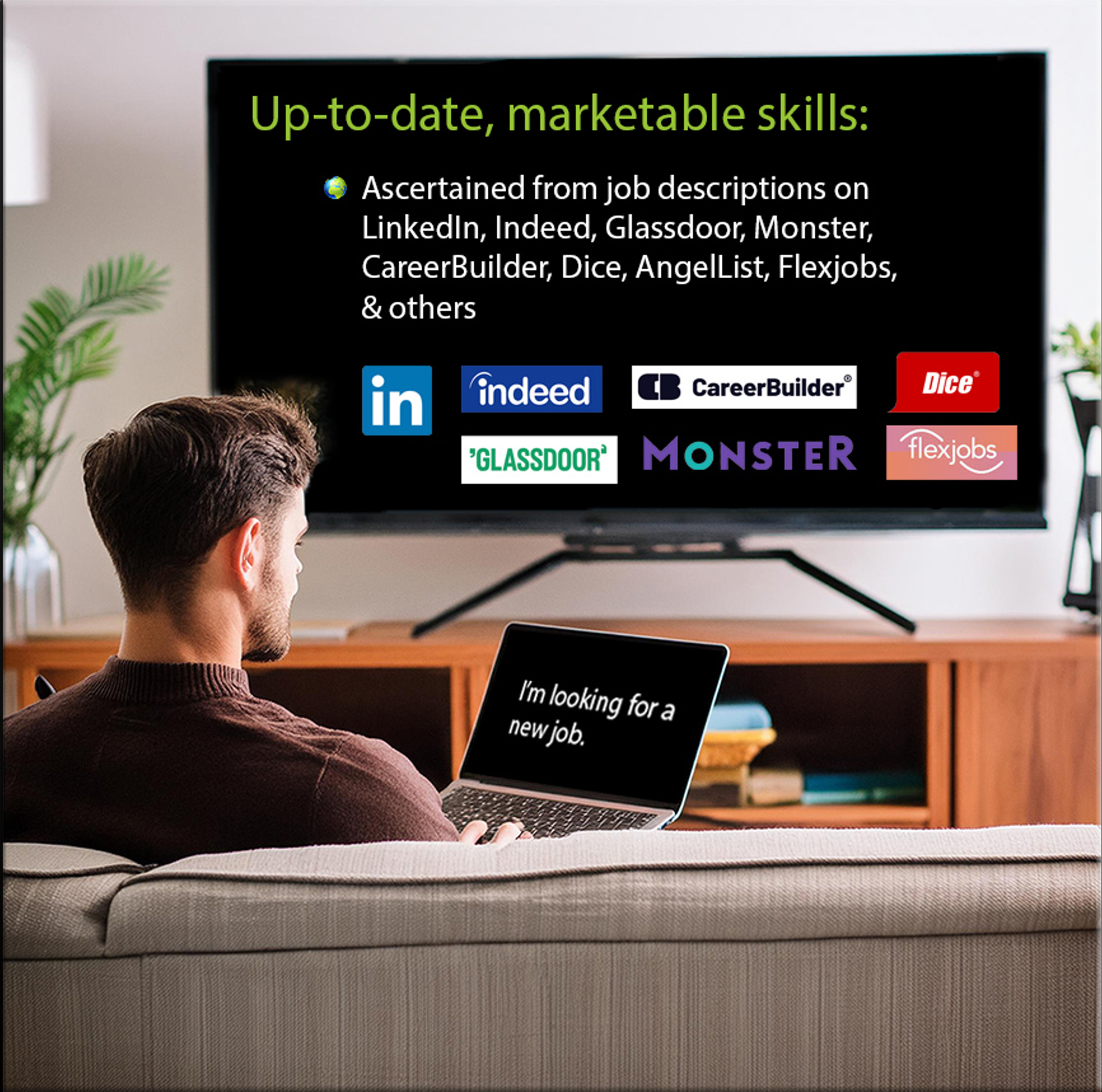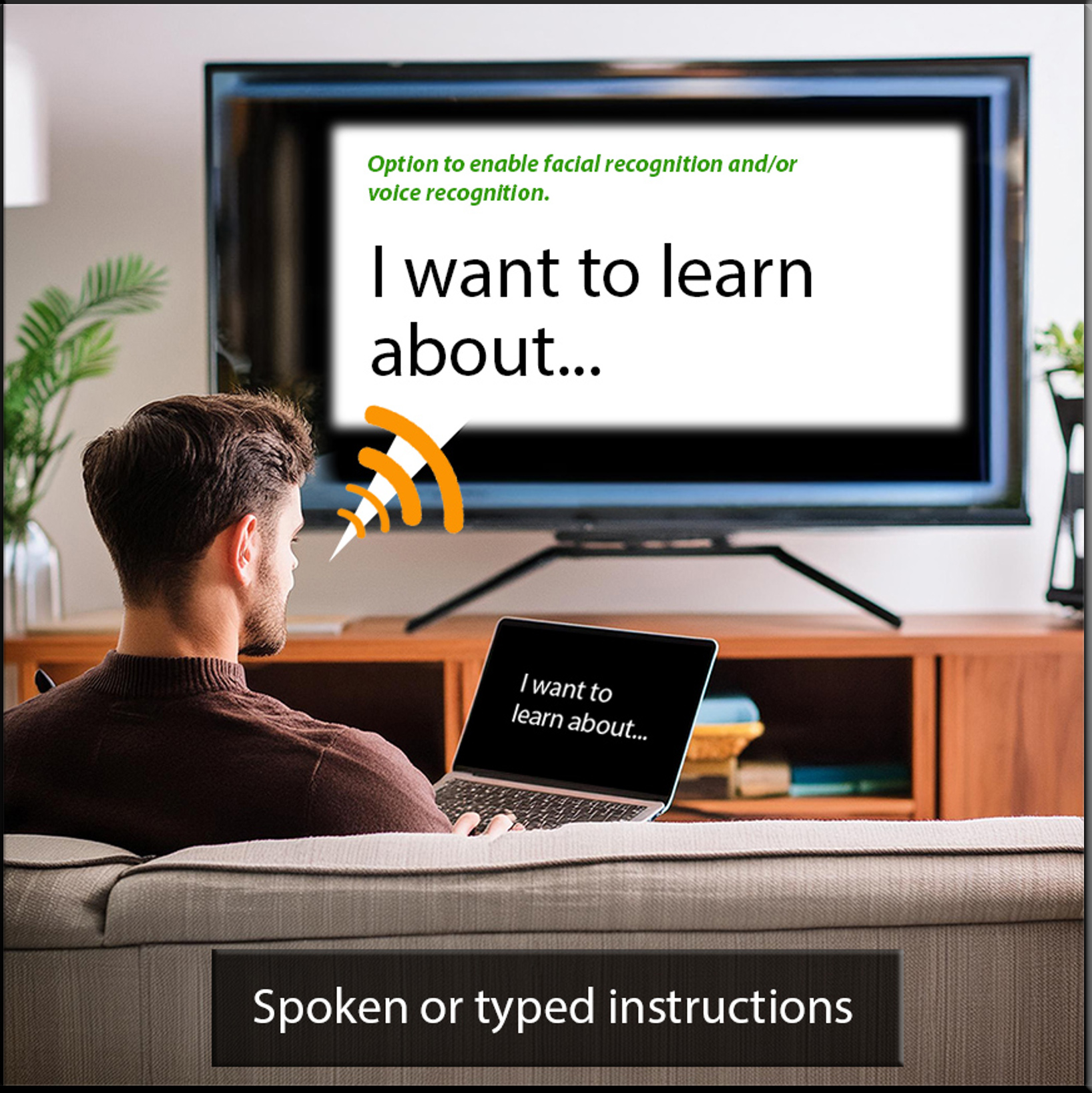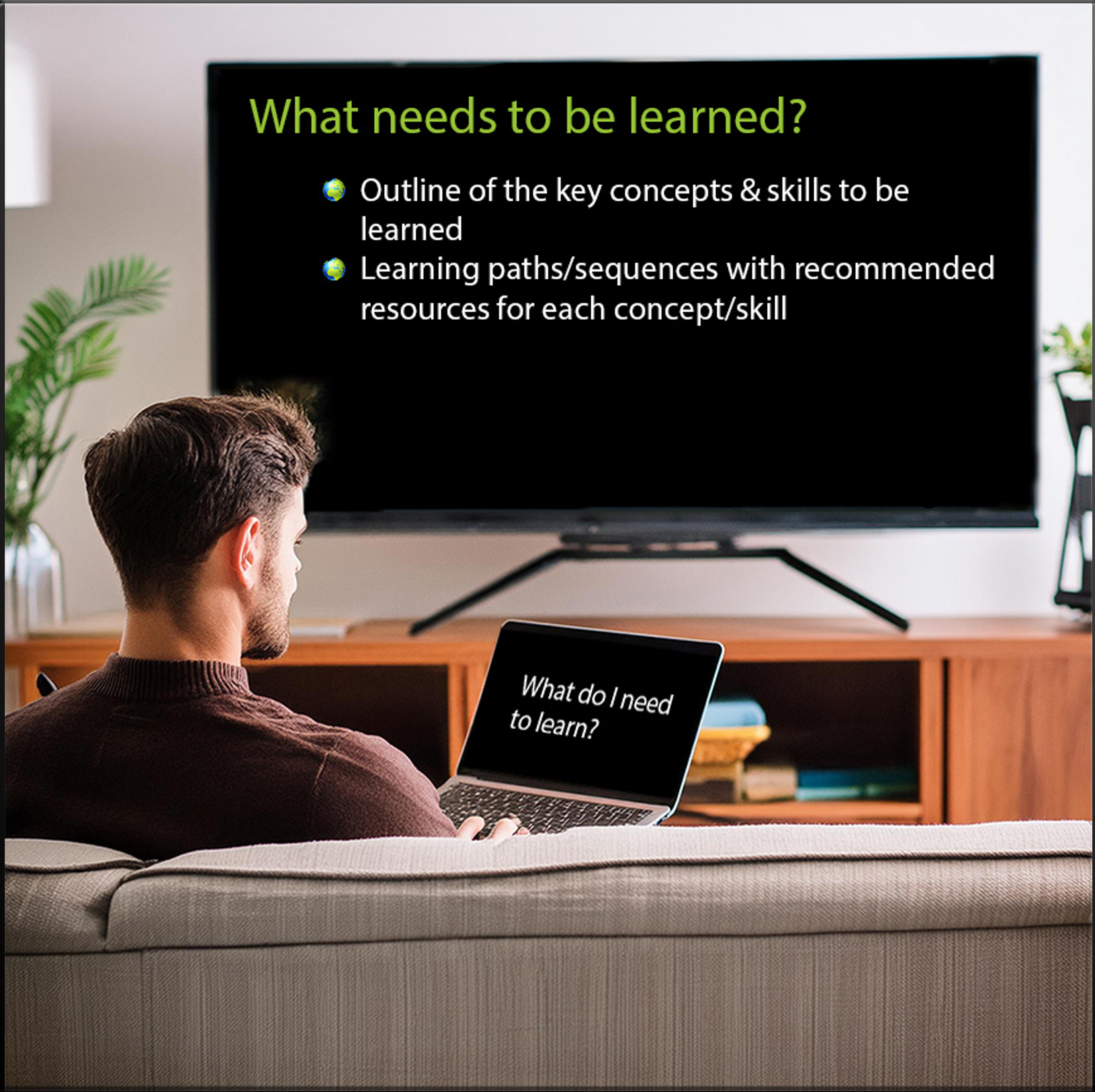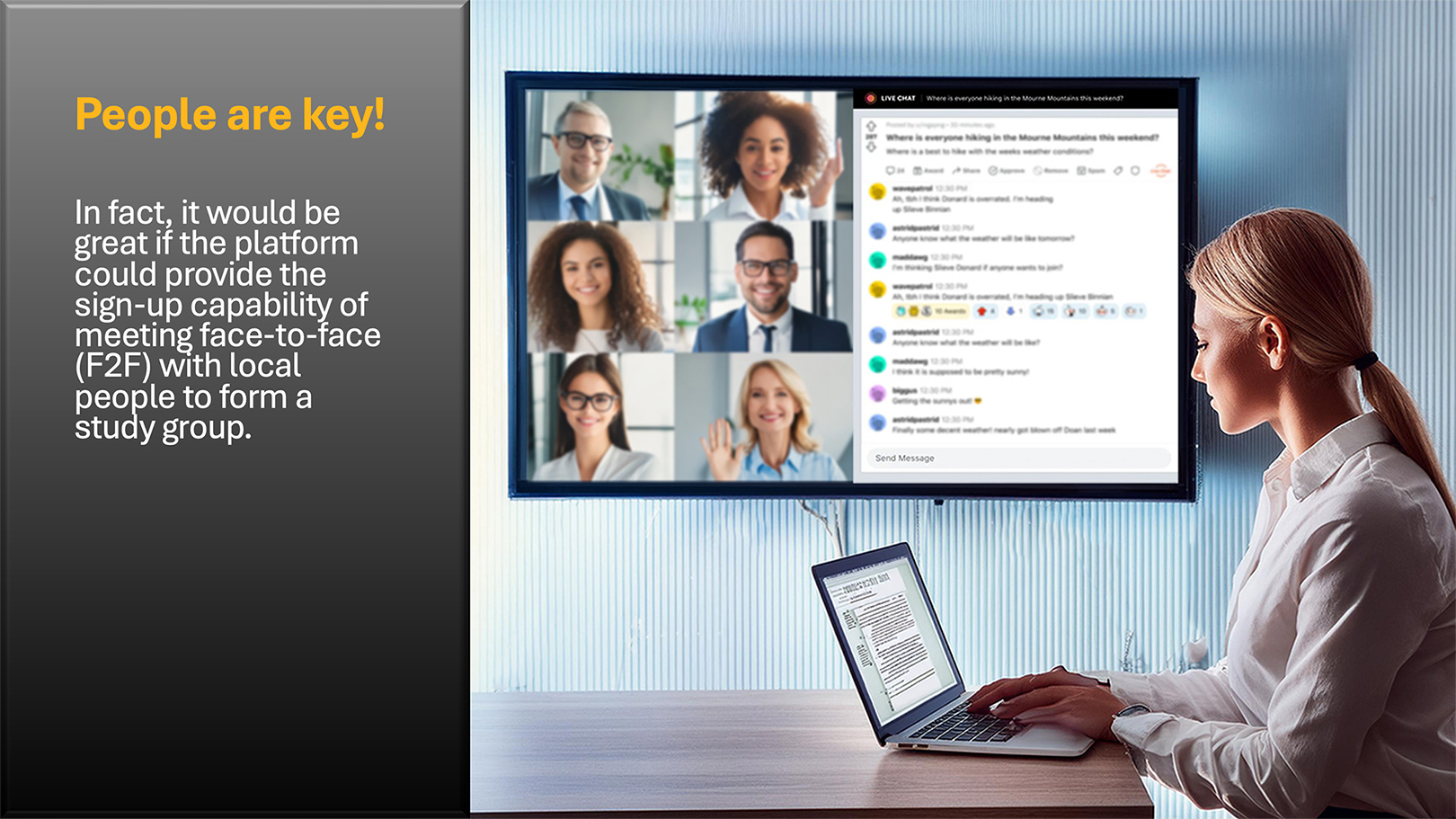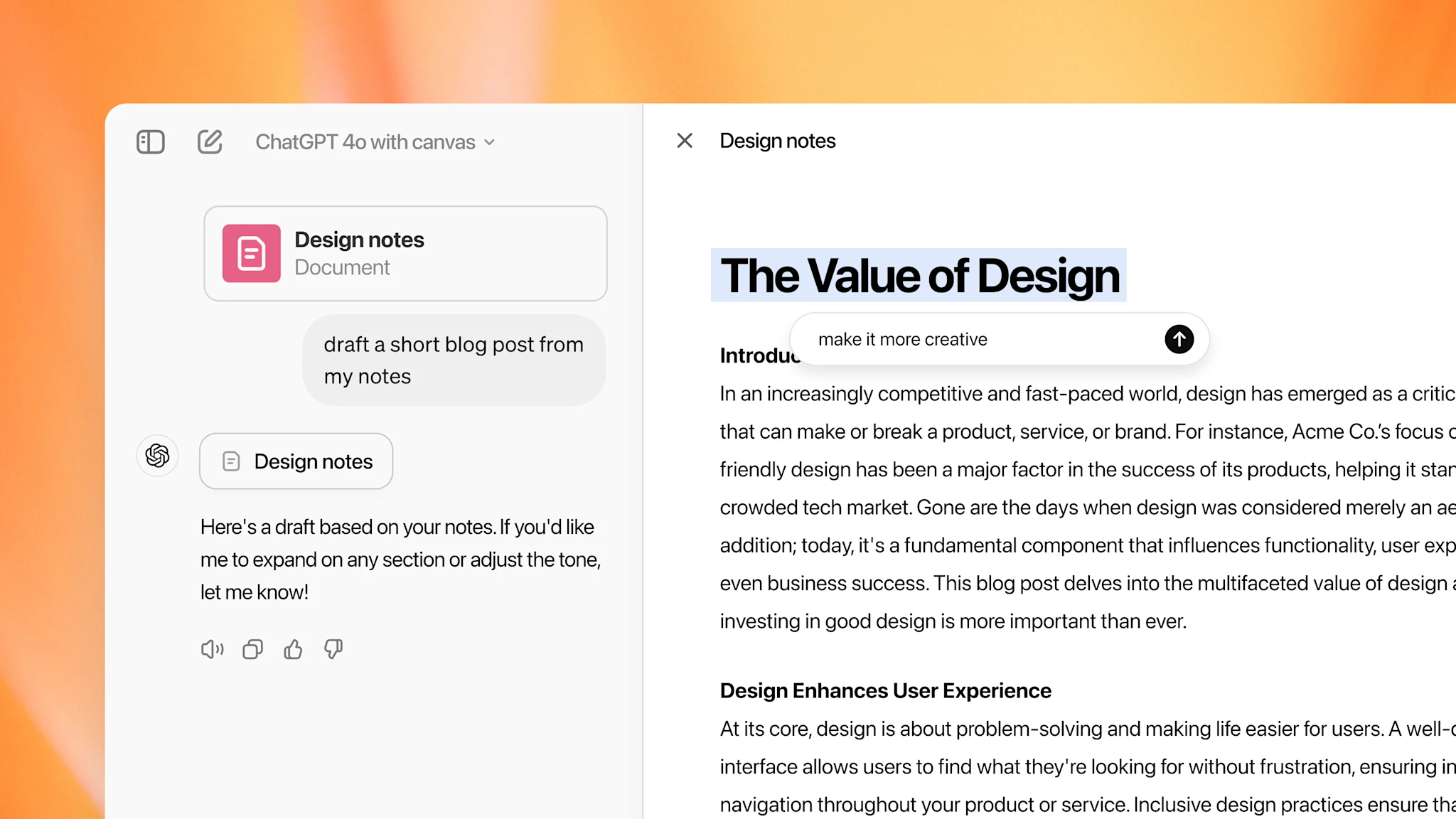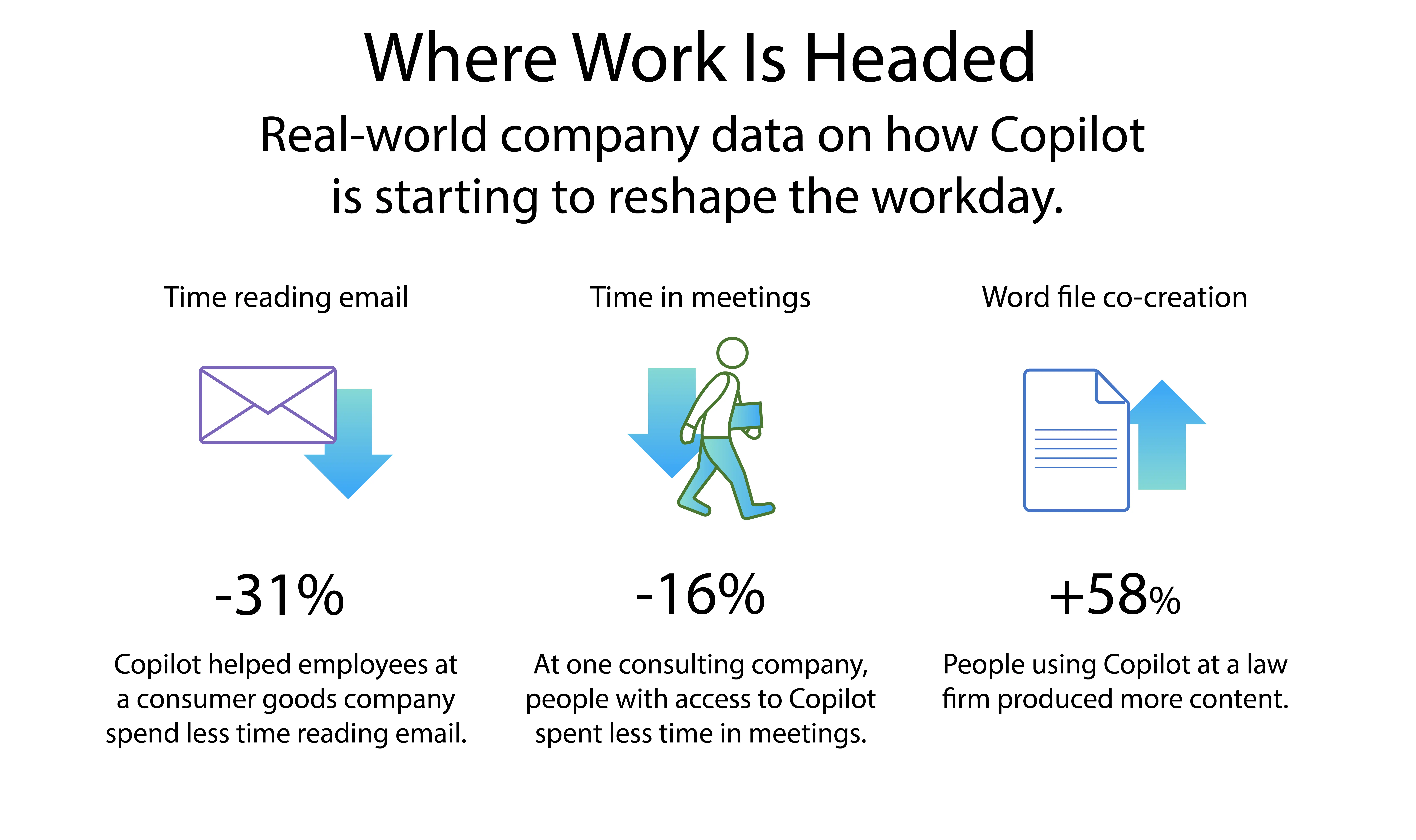Skill-Based Training: Embrace the Benefits; Stay Wary of the Hype — from learningguild.com by Paige Yousey
1. Direct job relevance
One of the biggest draws of skill-based training is its direct relevance to employees’ daily roles. By focusing on teaching job-specific skills, this approach helps workers feel immediately empowered to apply what they learn, leading to a quick payoff for both the individual and the organization. Yet, while this tight focus is a major benefit, it’s important to consider some potential drawbacks that could arise from an overly narrow approach.
Be wary of:
- Overly Narrow Focus: Highly specialized training might leave employees with little room to apply their skills to broader challenges, limiting versatility and growth potential.
- Risk of Obsolescence: Skills can quickly become outdated, especially in fast-evolving industries. L&D leaders should aim for regular updates to maintain relevance.
- Neglect of Soft Skills: While technical skills are crucial, ignoring soft skills like communication and problem-solving may lead to a lack of balanced competency.
2. Enhanced job performance…
3. Addresses skill gaps…
…and several more areas to consider
Another item from Paige Yousey
5 Key EdTech Innovations to Watch — from learningguild.com by Paige Yousey
AI-driven course design
…
Strengths
- Content creation and updates: AI streamlines the creation of training materials by identifying resource gaps and generating tailored content, while also refreshing existing materials based on industry trends and employee feedback to maintain relevance.
- Data-driven insights: Use AI tools to provide valuable analytics to inform course development and instructional strategies, helping learner designers identify effective practices and improve overall learning outcomes.
- Efficiency: Automating repetitive tasks, such as learner assessments and administrative duties, enables L&D professionals to concentrate on developing impactful training programs and fostering learner engagement.
Concerns
- Limited understanding of context: AI may struggle to understand the specific educational context or the unique needs of diverse learner populations, potentially hindering effectiveness.
- Oversimplification of learning: AI may reduce complex educational concepts to simple metrics or algorithms, oversimplifying the learning process and neglecting deeper cognitive development.
- Resistance to change: Learning leaders may face resistance from staff who are skeptical about integrating AI into their training practices.
Also from the Learning Guild, see:
Use Twine to Easily Create Engaging, Immersive Scenario-Based Learning — from learningguild.com by Bill Brandon
Scenario-based learning immerses learners in realistic scenarios that mimic real-world challenges they might face in their roles. These learning experiences are highly relevant and relatable. SBL is active learning. Instead of passively consuming information, learners actively engage with the content by making decisions and solving problems within the scenario. This approach enhances critical thinking and decision-making skills.
SBL can be more effective when storytelling techniques create a narrative that guides learners through the scenario to maintain engagement and make the learning memorable. Learners receive immediate feedback on their decisions and learn from their mistakes. Reflection can deepen their understanding. Branching scenarios add simulated complex decision-making processes and show the outcome of various actions through interactive scenarios where learner choices lead to different outcomes.
Embrace the Future: Why L&D Leaders Should Prioritize AI Digital Literacy — from learningguild.com by Dr. Erica McCaig
The role of L&D leaders in AI digital literacy
For L&D leaders, developing AI digital literacy within an organization requires a well-structured curriculum and development plan that equips employees with the knowledge, skills, and ethical grounding needed to thrive in an AI-augmented workplace. This curriculum should encompass a range of competencies that enhance technical understanding and foster a mindset ready for innovation and responsible use of AI. Key areas to focus on include:
- Understanding AI Fundamentals: …
- Proficiency with AI Tools: …
- Ethical Considerations: …
- Cultivating Critical Thinking: …









